test:Cubism
Cubism
description
Cubism is an art movement characterized by the use of emphatically geometrized conventional forms, the desire to “split” real objects into stereometric primitives.
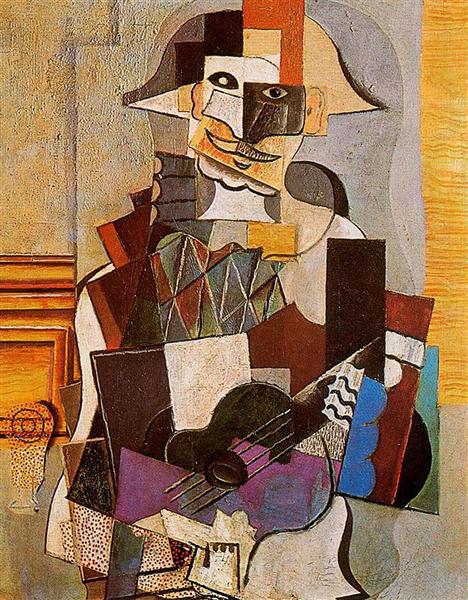
Answers
Option 1
Option 1
Option 2
Option 2
Option 3
Option 3
Option 4
Option 4
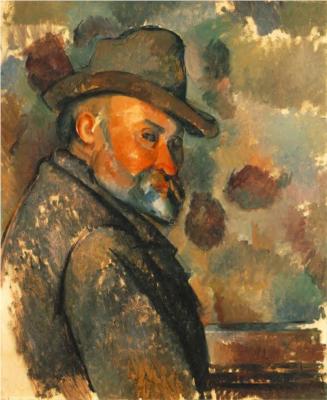

Answers
Option 1
Option 1
Option 2
Option 2
Option 3
Option 3
Option 4
Option 4
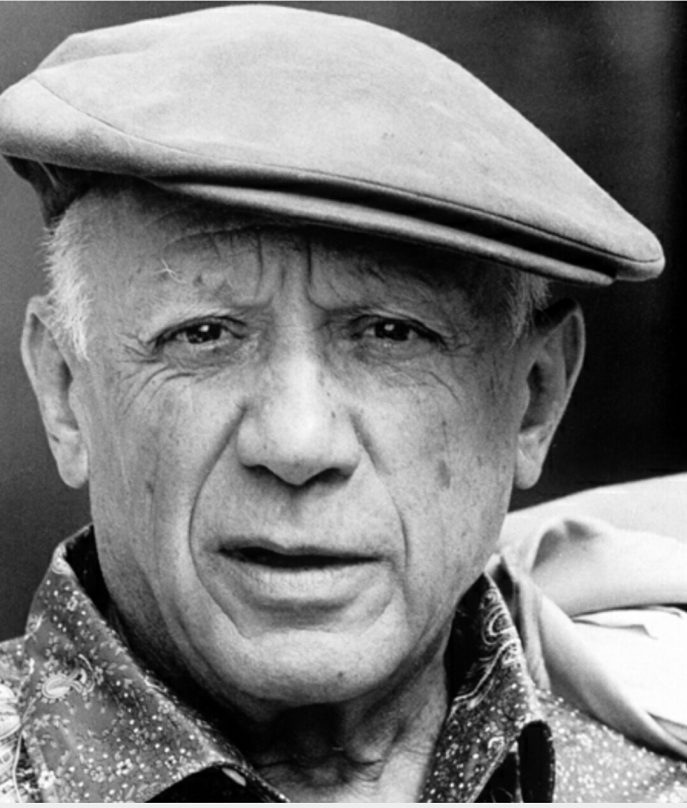

Answers
Option 1
Option 1
Option 2
Option 2
Option 3
Option 3
Option 4
Option 4
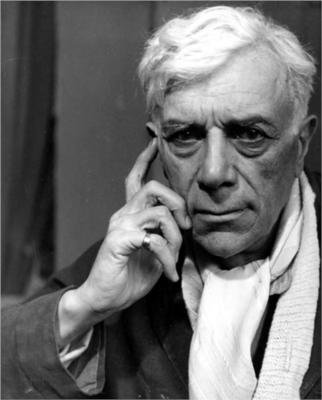

Answers
Option 4
Option 4
test:Cubism
Wrong
answer
Right answer:
Nude with Drapery (Study for “The great dancer”)
Pablo Picasso
1907
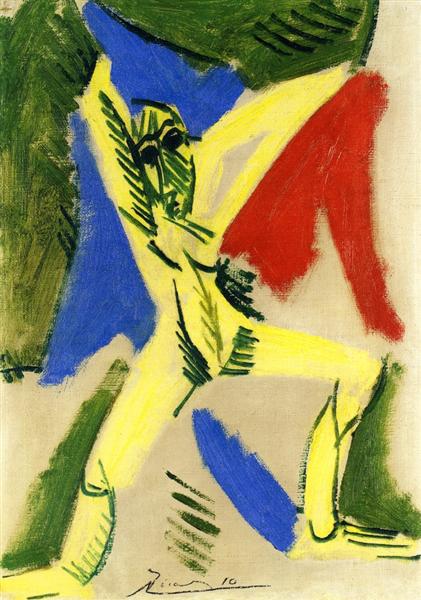
test:Cubism
Right
answer
Nude with Drapery (Study for “The great dancer”)
Pablo Picasso
1907

test:Cubism
Question
Cubism was first presented to the public at the personal exhibition of Georges Braque at the Kahnweiler gallery on rue Vignon in Paris (November 1908). This exhibition forced French art critic Louis Voxel to describe the painting of Braque as “bizarre cubes”, thereby giving the name to the movement. The picture that got this comment is called…
Answers
Option 1
Option 1
Option 2
Option 2
Option 3
Option 3
Option 4
Option 4
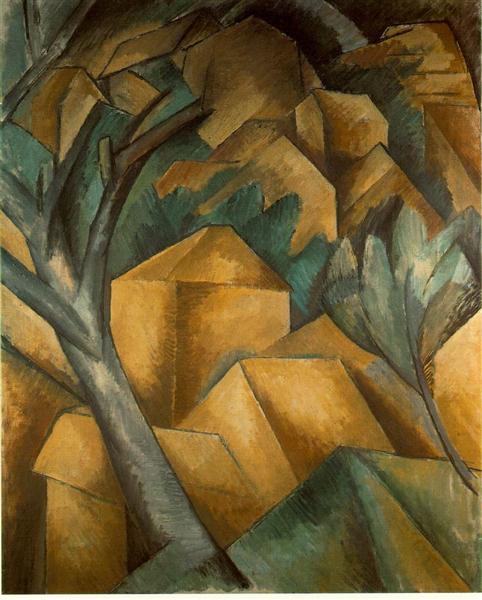

Answers
Option 2
Option 2
Option 3
Option 3
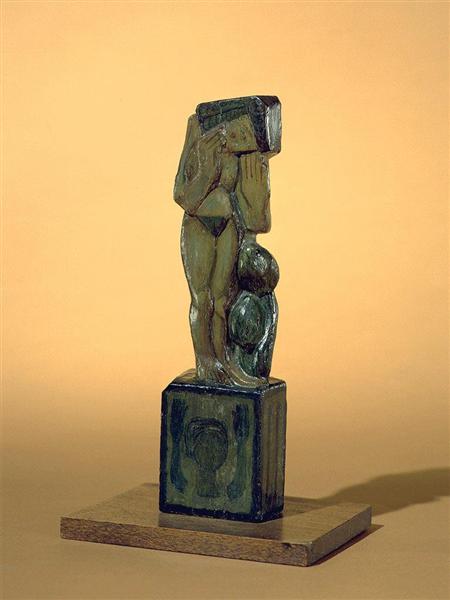

Answers
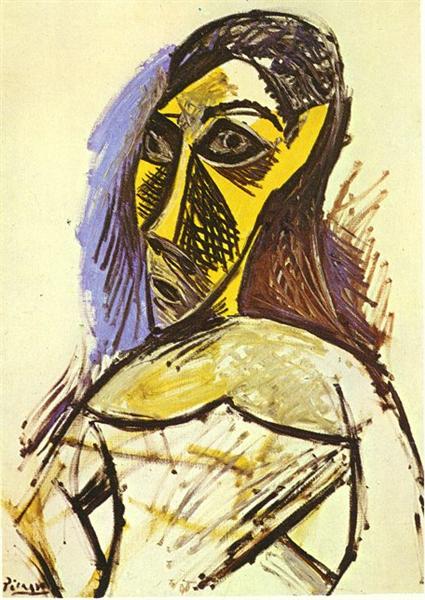

Answers
Option 2
Option 2
Option 4
Option 4
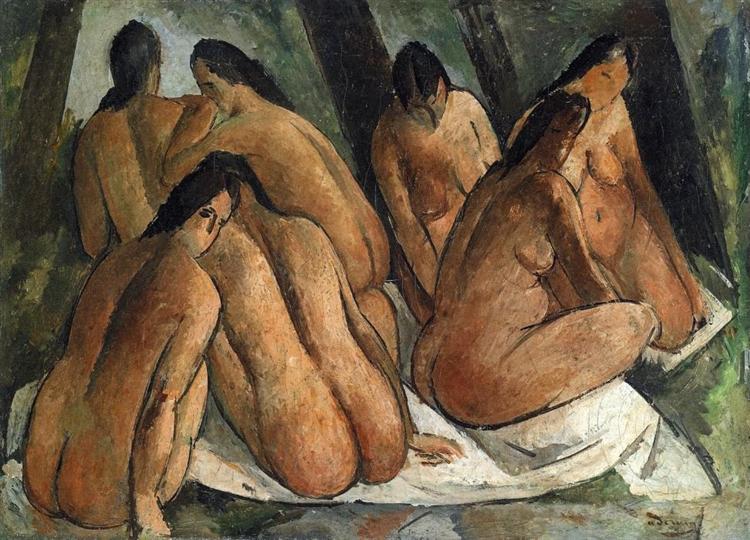

test:Cubism
Question
The entire Cubist period can be roughly divided into three periods. At the first stage, objects were simplified to strictly geometric forms, at the second stage, objects were divided into component parts and depicted simultaneously from different angles of view. At the third stage, artists began to use collage techniques, introducing symbolic objects into their compositions. Choose the fourth unnecessary:
Answers
Option 3
Option 3
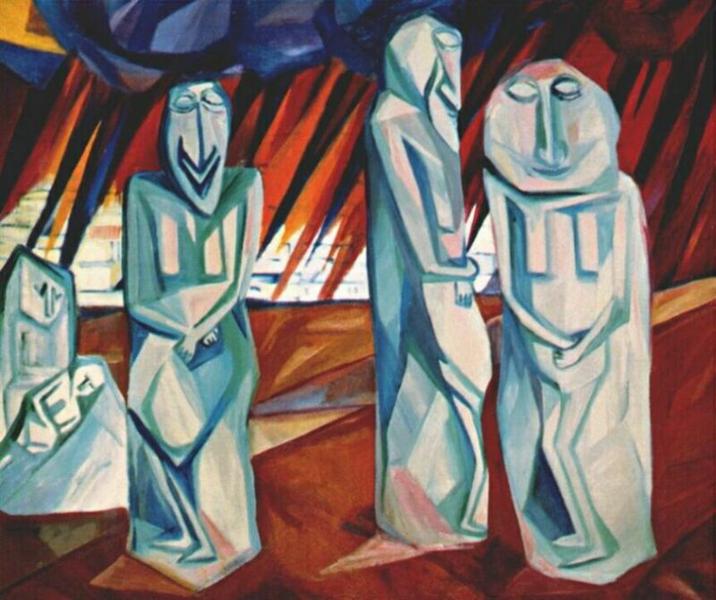

Answers
Option 2
Option 2
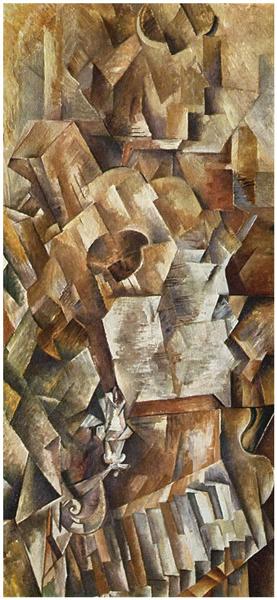

Answers
Option 1
Option 1
Option 4
Option 4
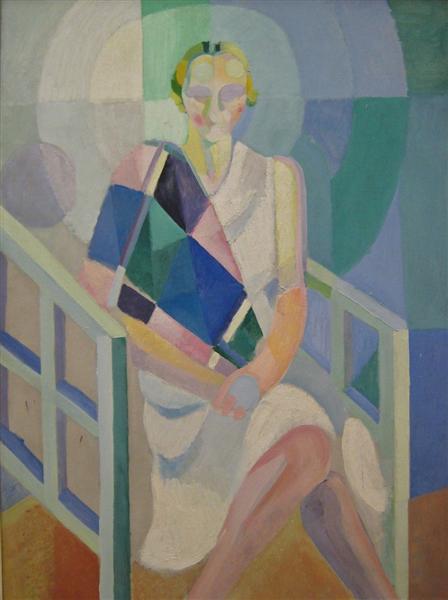

Answers
Option 1
Option 1
Option 2
Option 2
Option 4
Option 4
test:Cubism
Wrong
answer
Right answer:
Lady in pink (Artist’s sister Anna Rozanova)
Olga Rozanova
1911
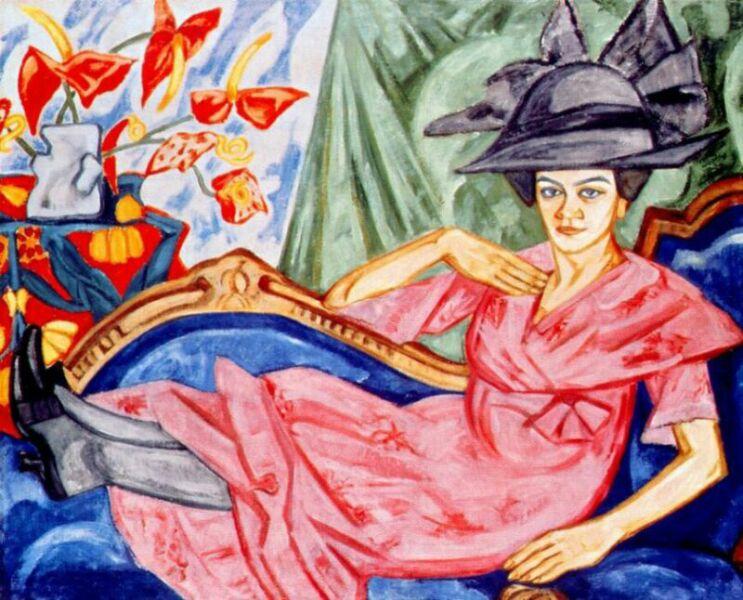

test:Cubism
Question
In 1916, Pablo Picasso exhibited a painting created in 1907, which caused a great response. It depicted naked women in candid poses with masks instead of faces. There was no perspective in this picture, and objects were depicted in the form of the simplest geometric shapes. What is the name of this famous painting, a striking example of Cubism?
Answers
Option 1
Option 1
Option 2
Option 2
Option 3
Option 3
Option 4
Option 4
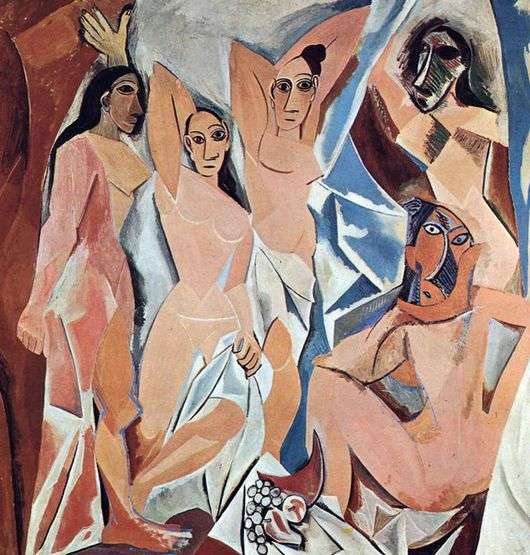

Answers
Option 1
Option 1
Option 2
Option 2
Option 3
Option 3
Option 4
Option 4
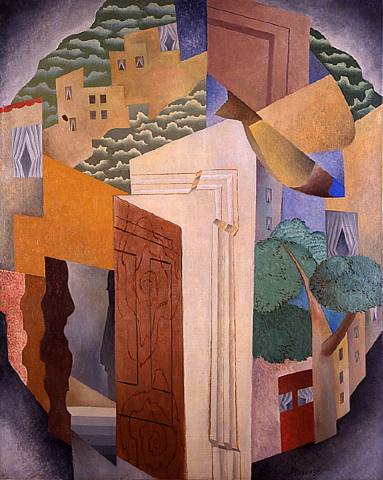

Answers
Option 2
Option 2
Option 3
Option 3
Option 4
Option 4
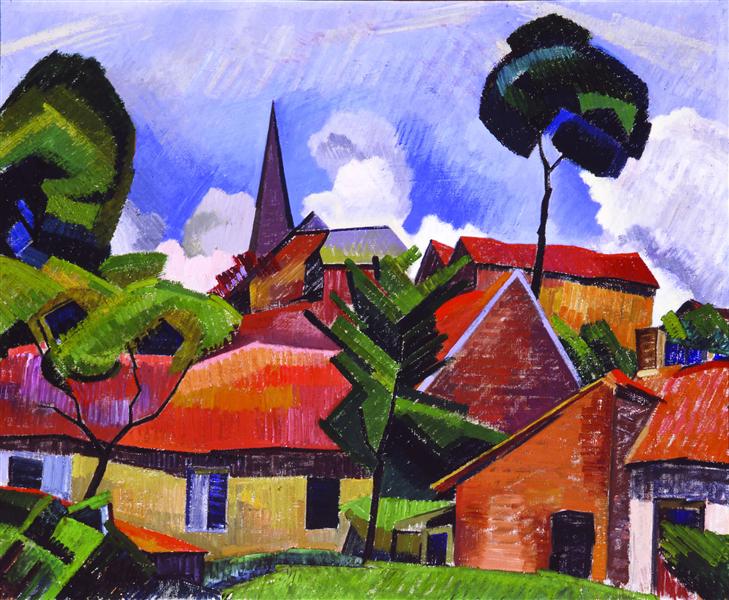

Answers
Option 1
Option 1
Option 2
Option 2
Option 3
Option 3
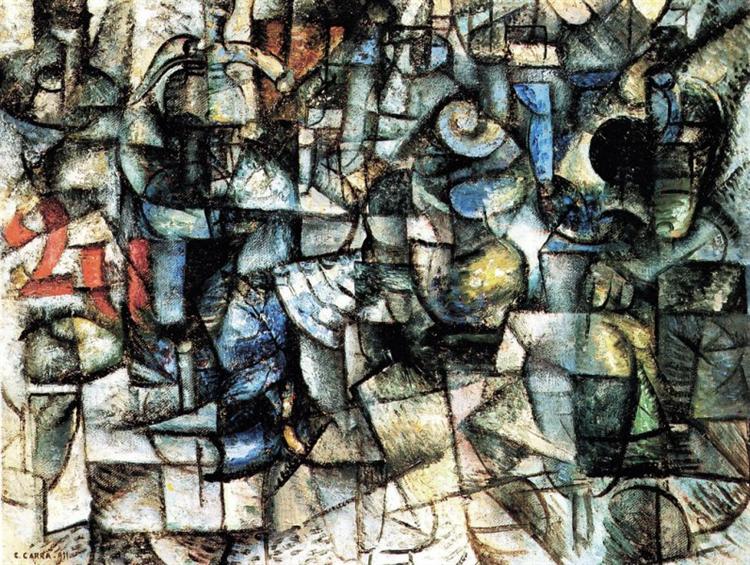

Answers
Option 1
Option 1
Option 3
Option 3
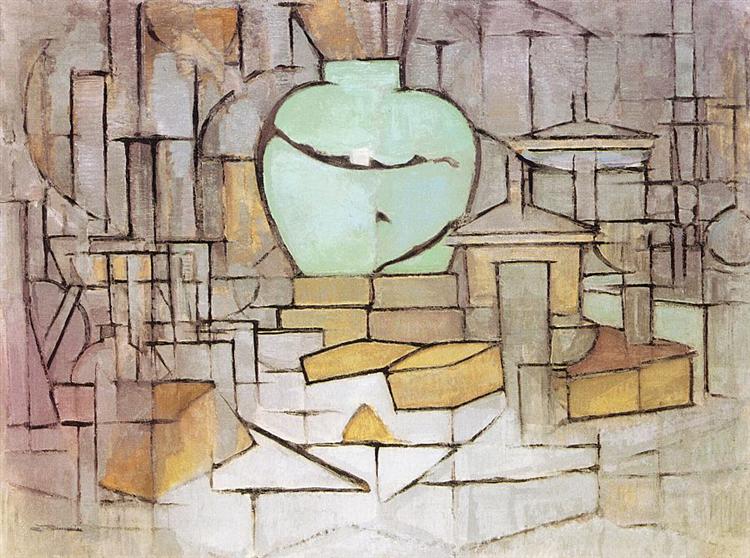

Answers
Option 1
Option 1
Option 2
Option 2
Option 3
Option 3
Option 4
Option 4
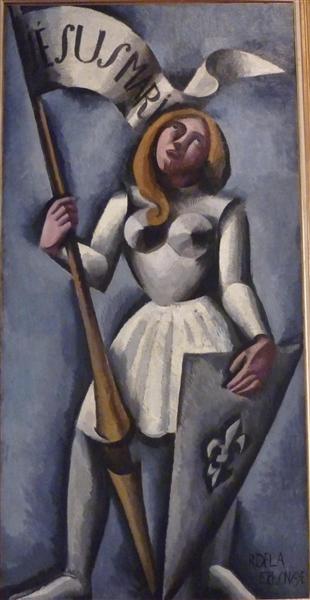

test:Cubism
Question
The famous painting by Marcel Duchamp, which was not recognized by either the Cubists or the Futurists, depicted movement by successively superimposing the same fragments on top of each other. The artist was inspired to create this composition by the idea of chronophotography by Edward Maybridge. It’s about a painting called…
Answers
Option 1
Option 1
Option 2
Option 2
Option 3
Option 3
Option 4
Option 4
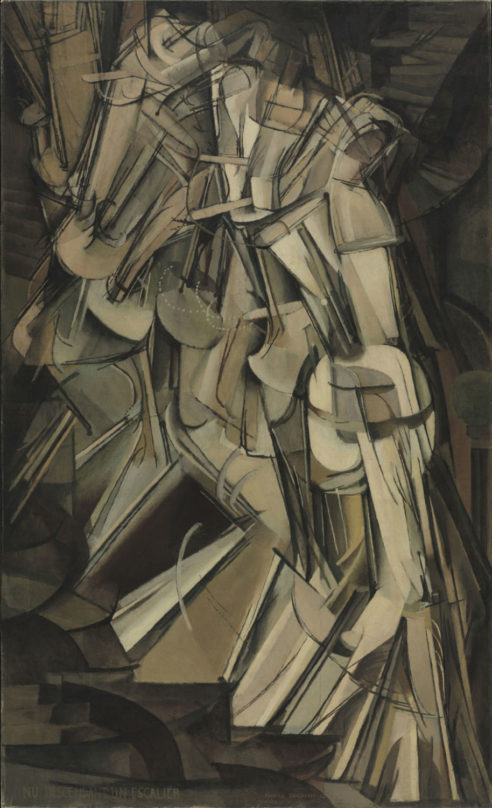

Answers
Option 1
Option 1
Option 2
Option 2
Option 3
Option 3
Option 4
Option 4
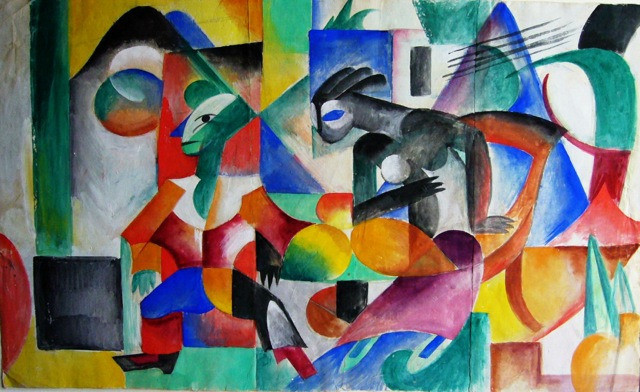

Answers
Option 1
Option 1
Option 4
Option 4
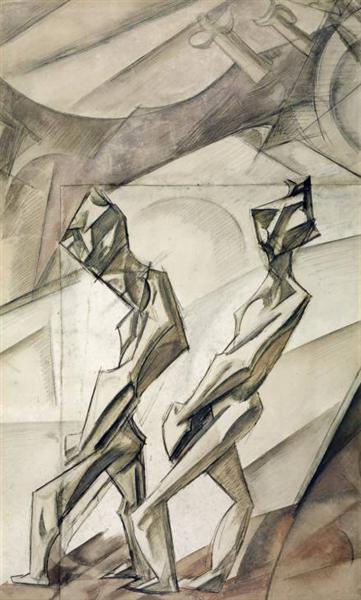

Answers
Option 1
Option 1
Option 2
Option 2
Option 3
Option 3
Option 4
Option 4
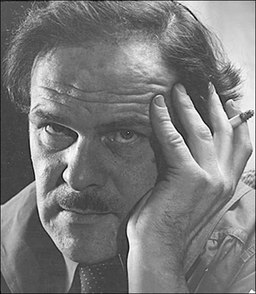

Answers
Option 1
Option 1
Option 2
Option 2
Option 3
Option 3
Option 4
Option 4
test:Cubism
Wrong
answer
Right answer:
Sergei Ivanovich Shchukin
Portrait by Dmitry Melnikov
1915
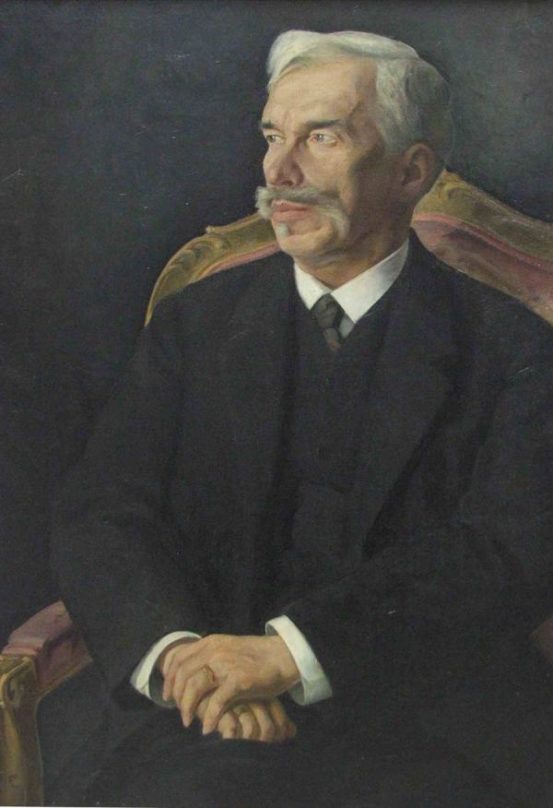

Answers
Option 1
Option 1
Option 2
Option 2
Option 4
Option 4
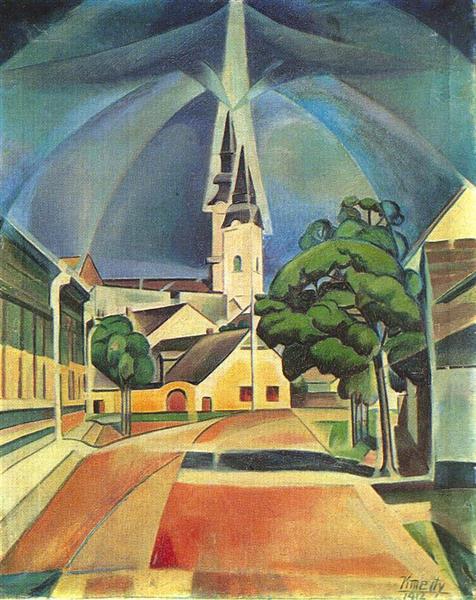

Answers
Option 1
Option 1
Option 2
Option 2
Option 3
Option 3
Option 4
Option 4
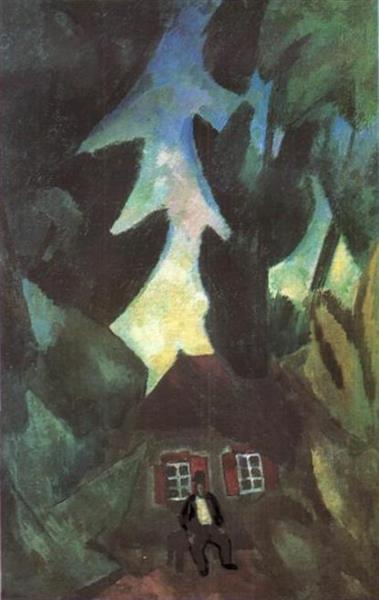

Answers
Option 1
Option 1
Option 2
Option 2
Option 3
Option 3
Option 4
Option 4
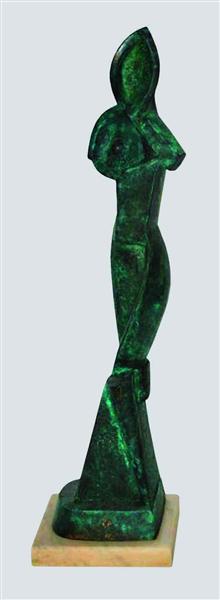

Answers
Option 1
Option 1
Option 2
Option 2
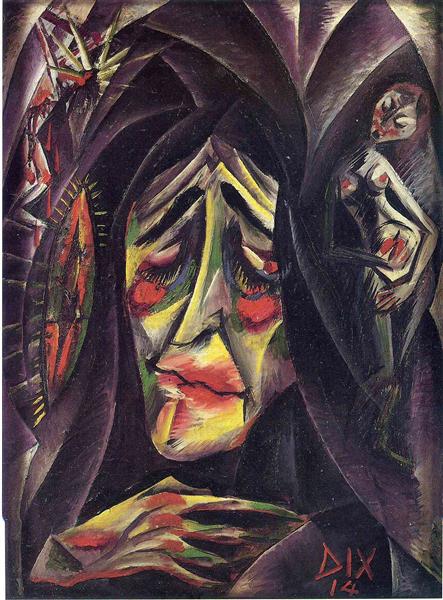

Answers
Option 2
Option 2
Option 3
Option 3
Option 4
Option 4
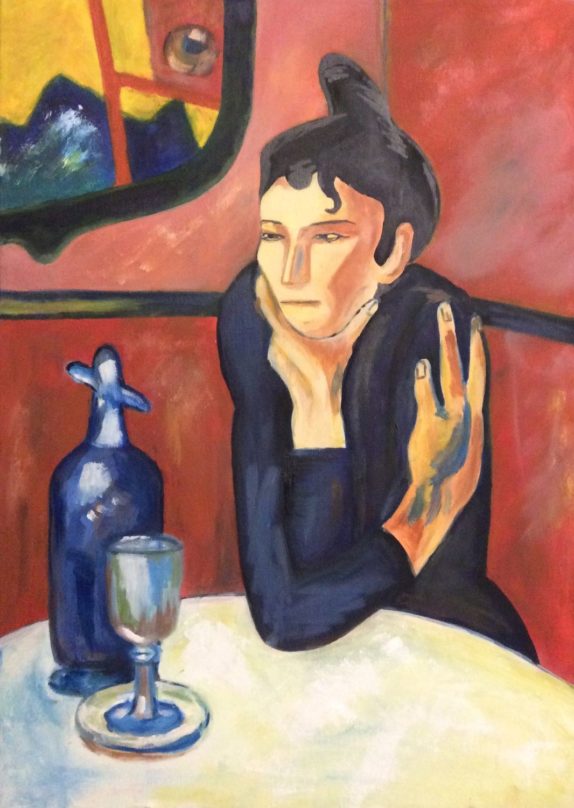

Answers
Option 1
Option 1
Option 2
Option 2
Option 4
Option 4
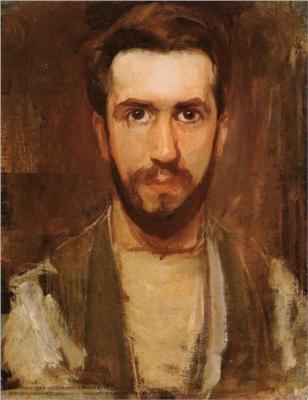

test:Cubism
Question
A German-American artist who worked in his unique style called “mechanical cubism” for the unusual combination of a human figure with elements of various machines. The artist’s paintings have a deep psychological connotation, and the dominant and domineering woman often becomes the central image. What was the painter’s name?
Answers
Option 1
Option 1
Option 2
Option 2
Option 3
Option 3
Option 4
Option 4
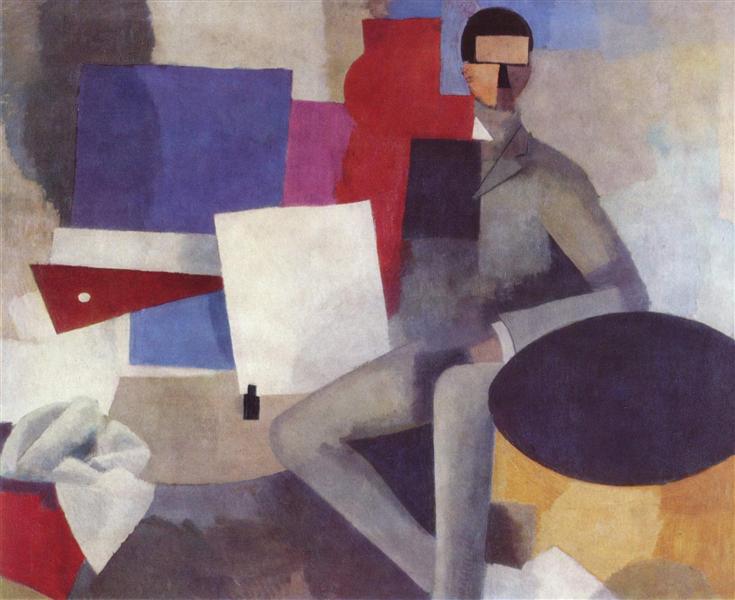

test:Cubism
Cubism
correct answers
Cubism is an art movement characterized by the use of emphatically geometrized conventional forms, the desire to “split” real objects into stereometric primitives.
